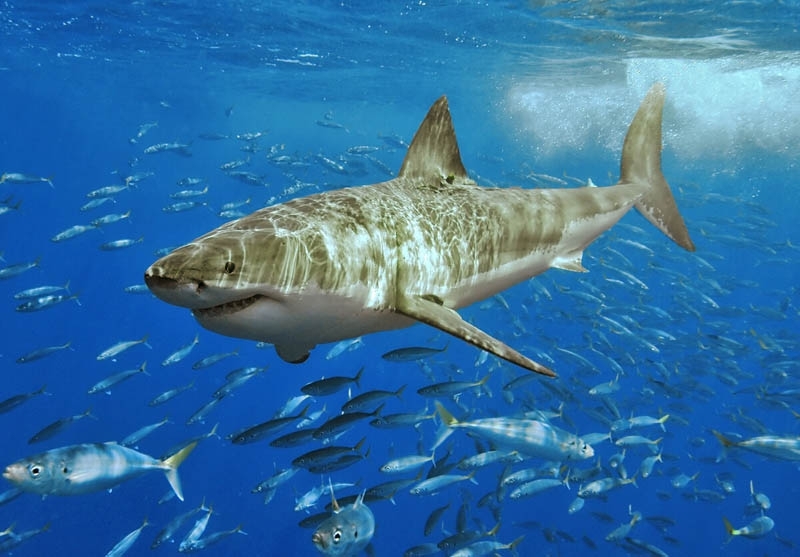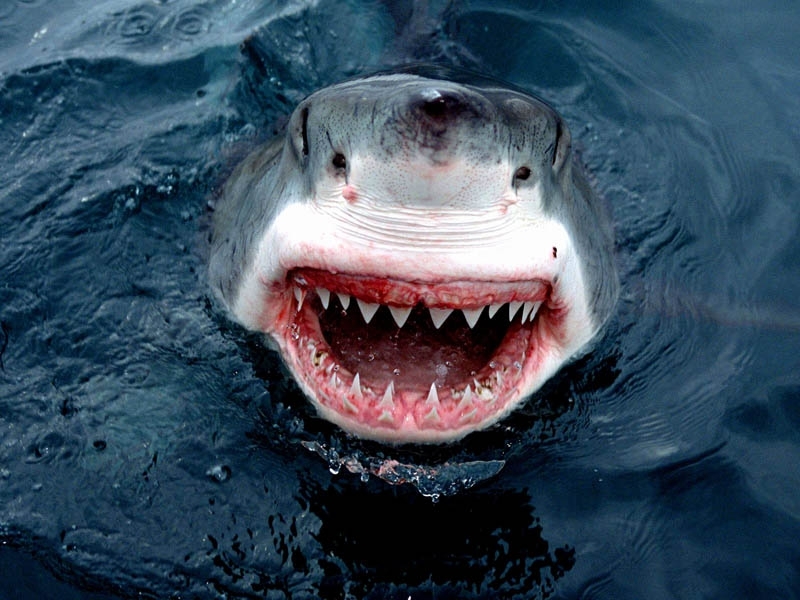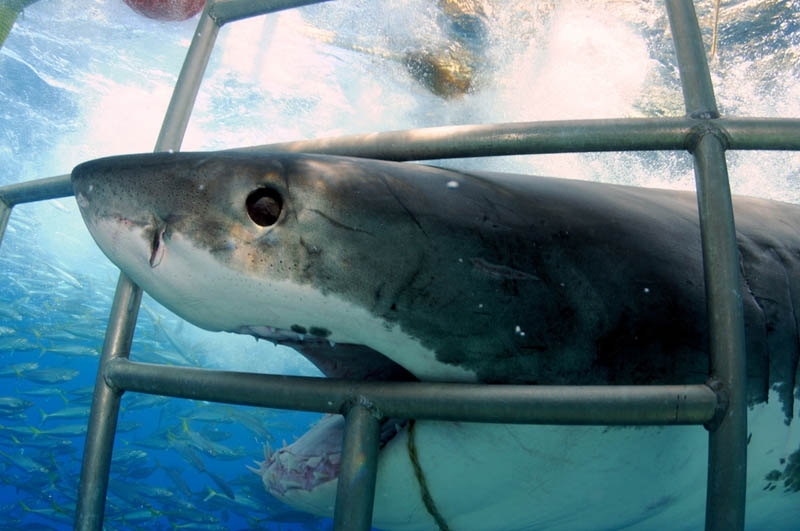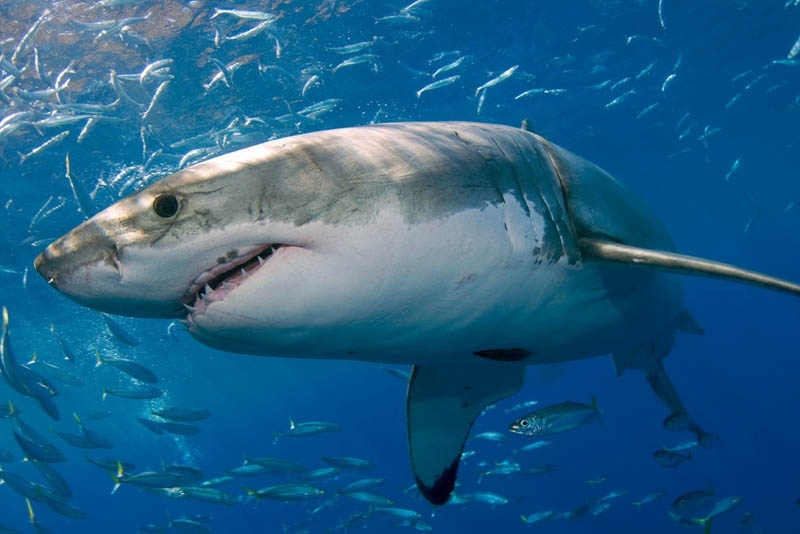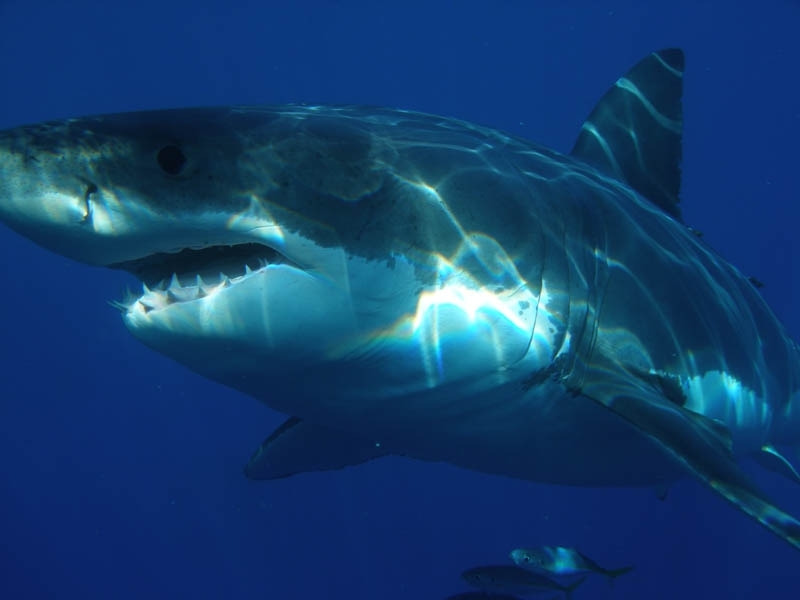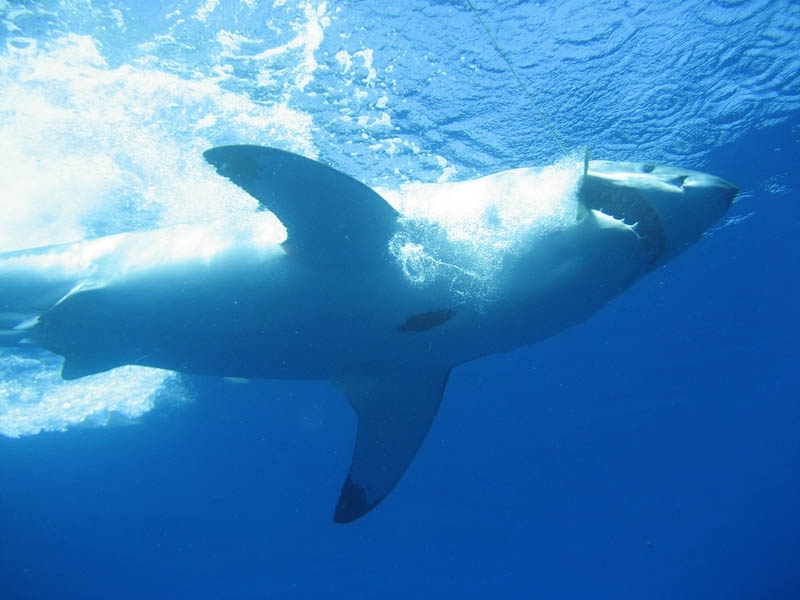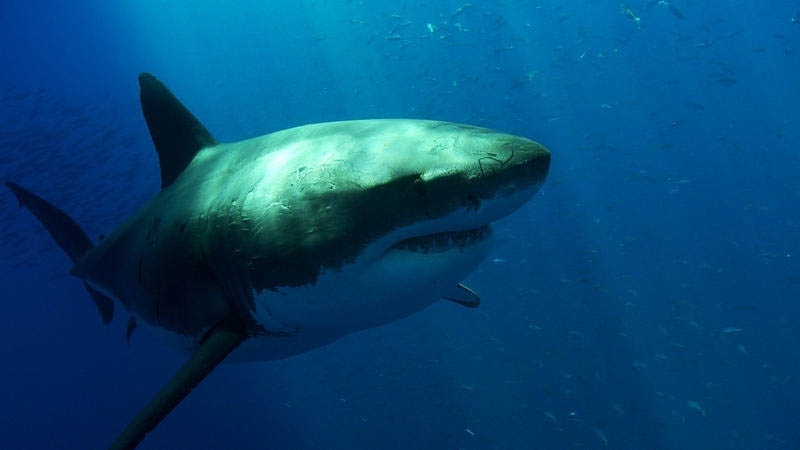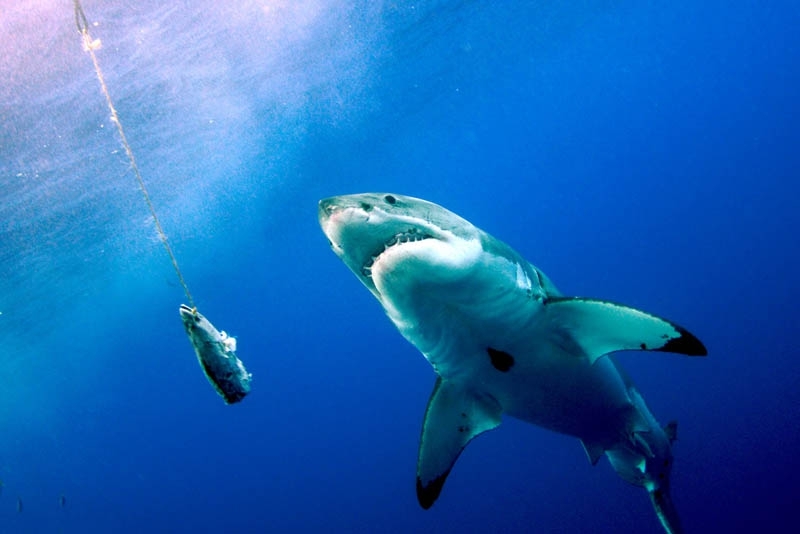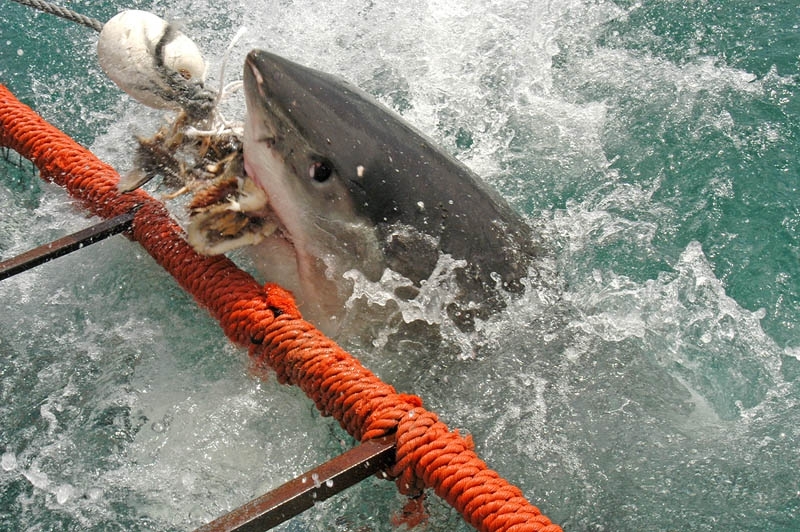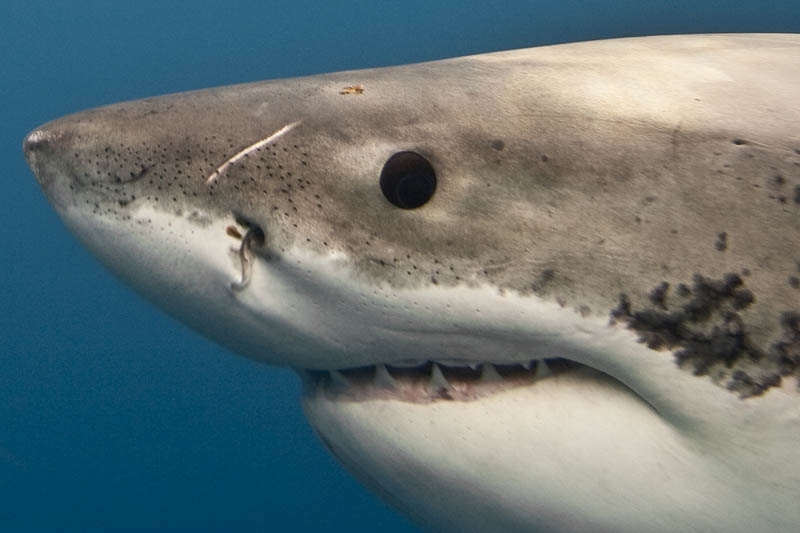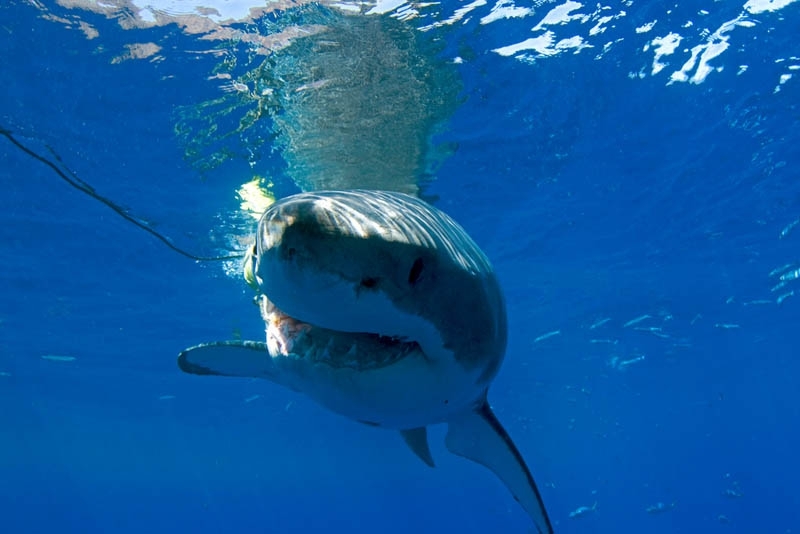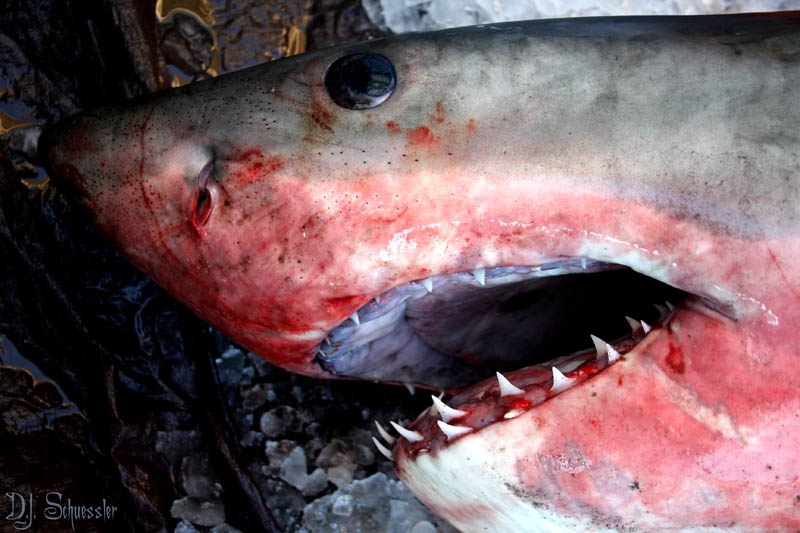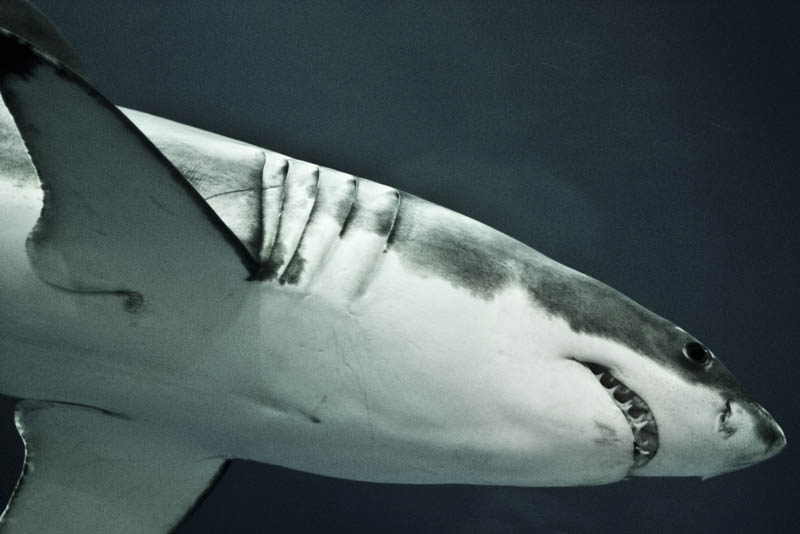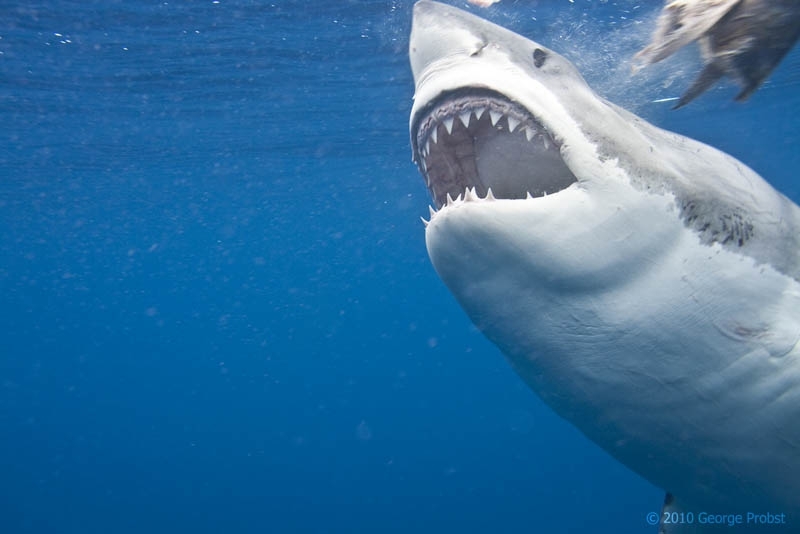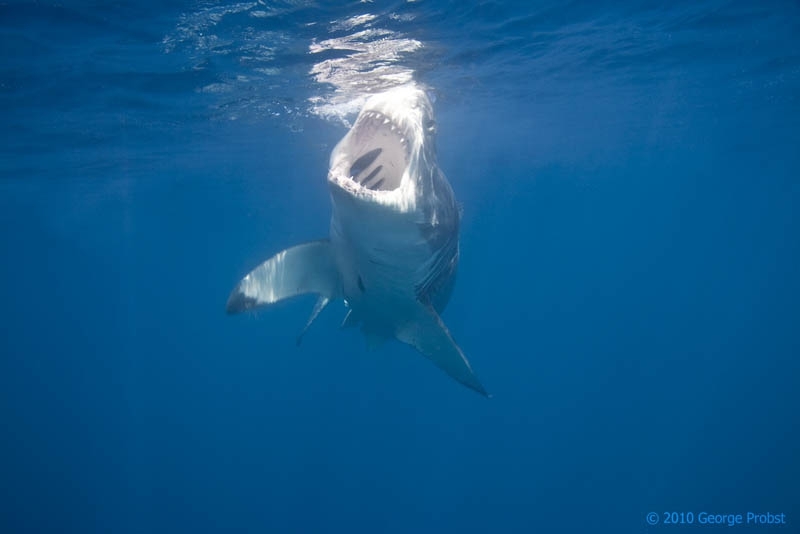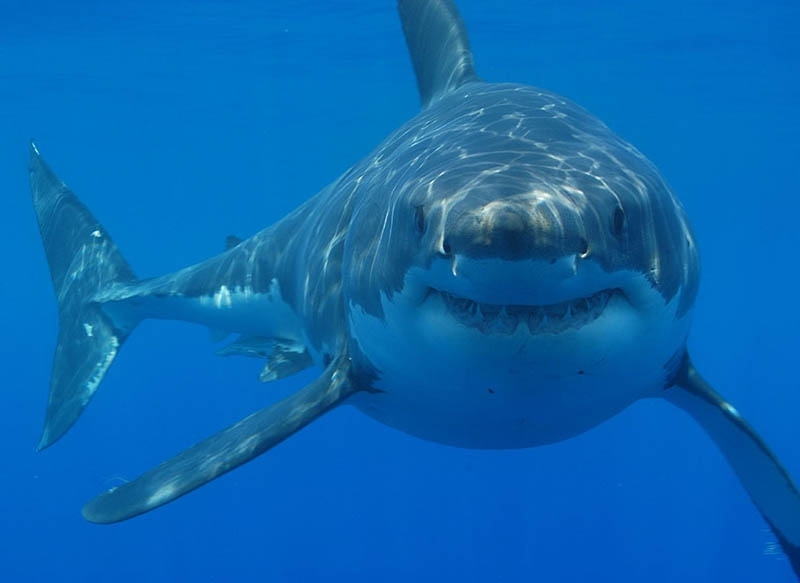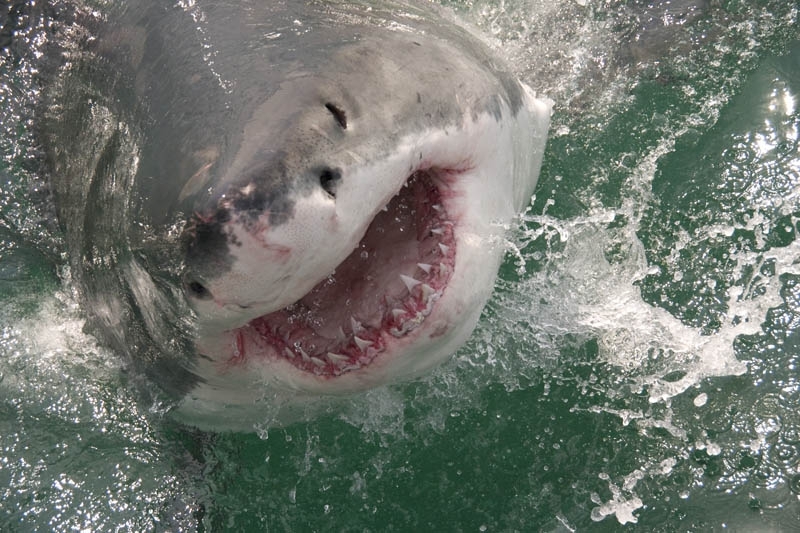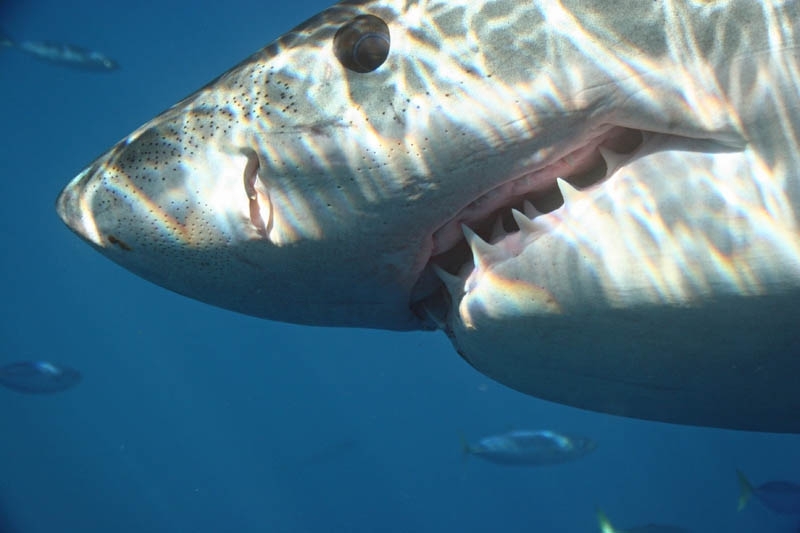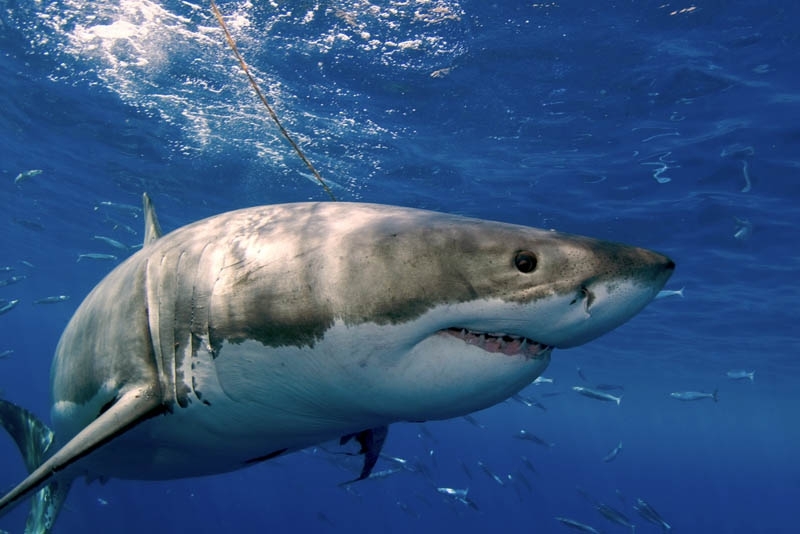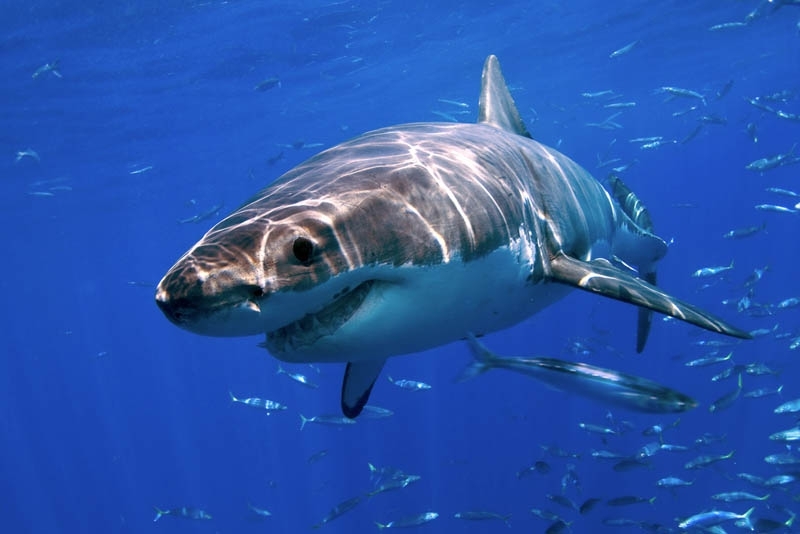833
20
The Great White Shark is one of nature’s greatest and most feared predators. Though not the ‘ferocious man-eater’ they are depicted to be in the blockbuster film Jaws, the great white shark is an intimidating creature with awesome power and speed. Enjoy the 20 incredible photographs below along with some interesting facts about this master of the sea.
The great white shark is very well known for its size, with the largest individuals known to have approached or exceeded 6 metres (20 ft) in length, and 2,268 kilograms (5,000 lb) in weight. It reaches maturity at around 15 years of age and can have a life span of over 30 years.
Great white sharks live in almost all coastal and offshore waters which have water temperature between 12 and 24 °C (54 and 75 °F), with greater concentrations in the United States (Atlantic Northeast and California), South Africa, Japan, Australia (especially New South Wales and South Australia), New Zealand, Chile, and the Mediterranean. One of the densest known populations is found around Dyer Island, South Africa
Great whites display countershading, having a white underside and a grey dorsal area (sometimes in a brown or blue shade) that gives an overall “mottled” appearance. The coloration makes it difficult for prey to spot the shark because it breaks up the shark’s outline when seen from the side. From above, the darker shade blends with the sea and from below it exposes a minimal silhouette against the sunlight.
Great white sharks are carnivorous, and prey upon fish (e.g. tuna, rays, other sharks), cetaceans (i.e., dolphins, porpoises, whales), pinnipeds (e.g. seals, fur seals, and sea lions), sea turtles, sea otters, and seabirds.
Little is known about great white shark behaviour in the way of mating habits. Birth has never been observed, but pregnant females have been examined.
Great white sharks are ovoviviparous (eggs develop and hatch in the uterus, and continue to develop until birth). The great white has an 11-month gestation period. The shark pup’s powerful jaws begin to develop in the first month. The unborn sharks participate in intrauterine-cannibalism: stronger pups consume their weaker womb-mates. Delivery is in spring and summer.
Although the great white is typically regarded as an apex predator (no predators of their own) in the wild, it is in rare cases, preyed upon by the larger orca (also known as a killer whale). Interspecific competition between the great white shark and the orca is probable in regions where dietary preferences of both species may overlap.


